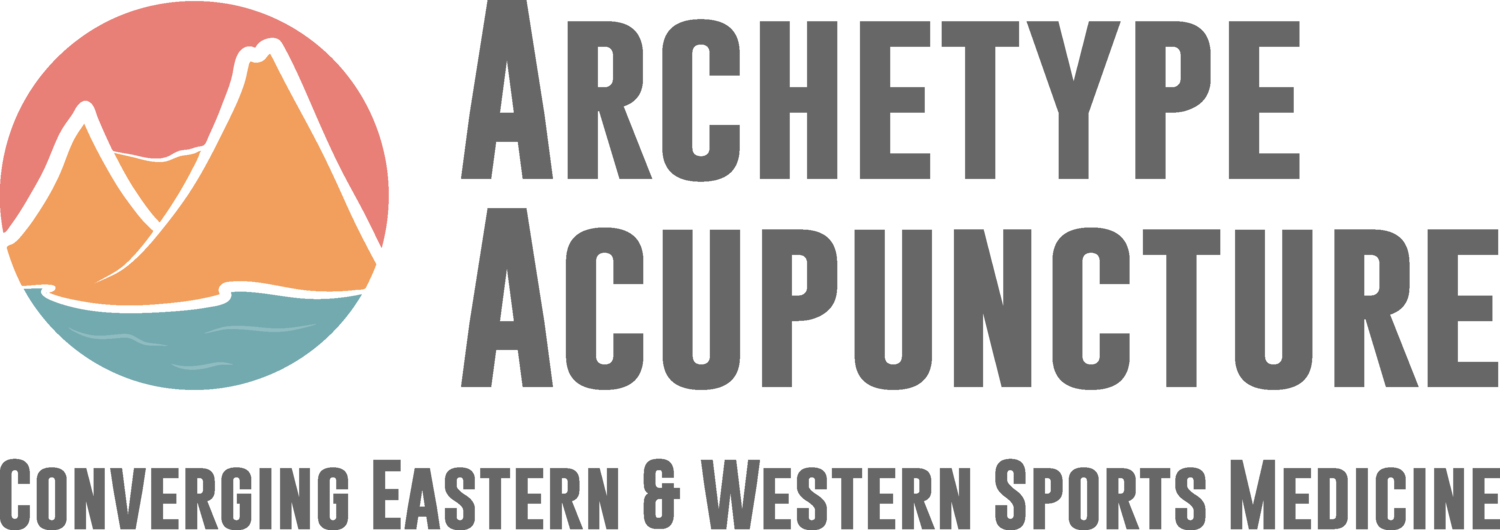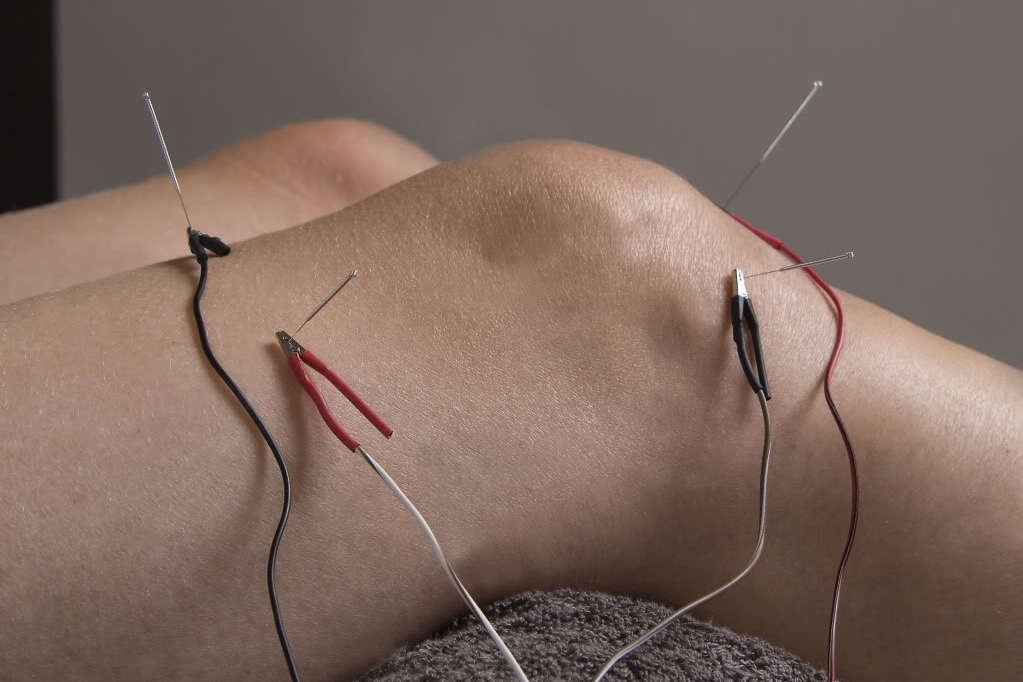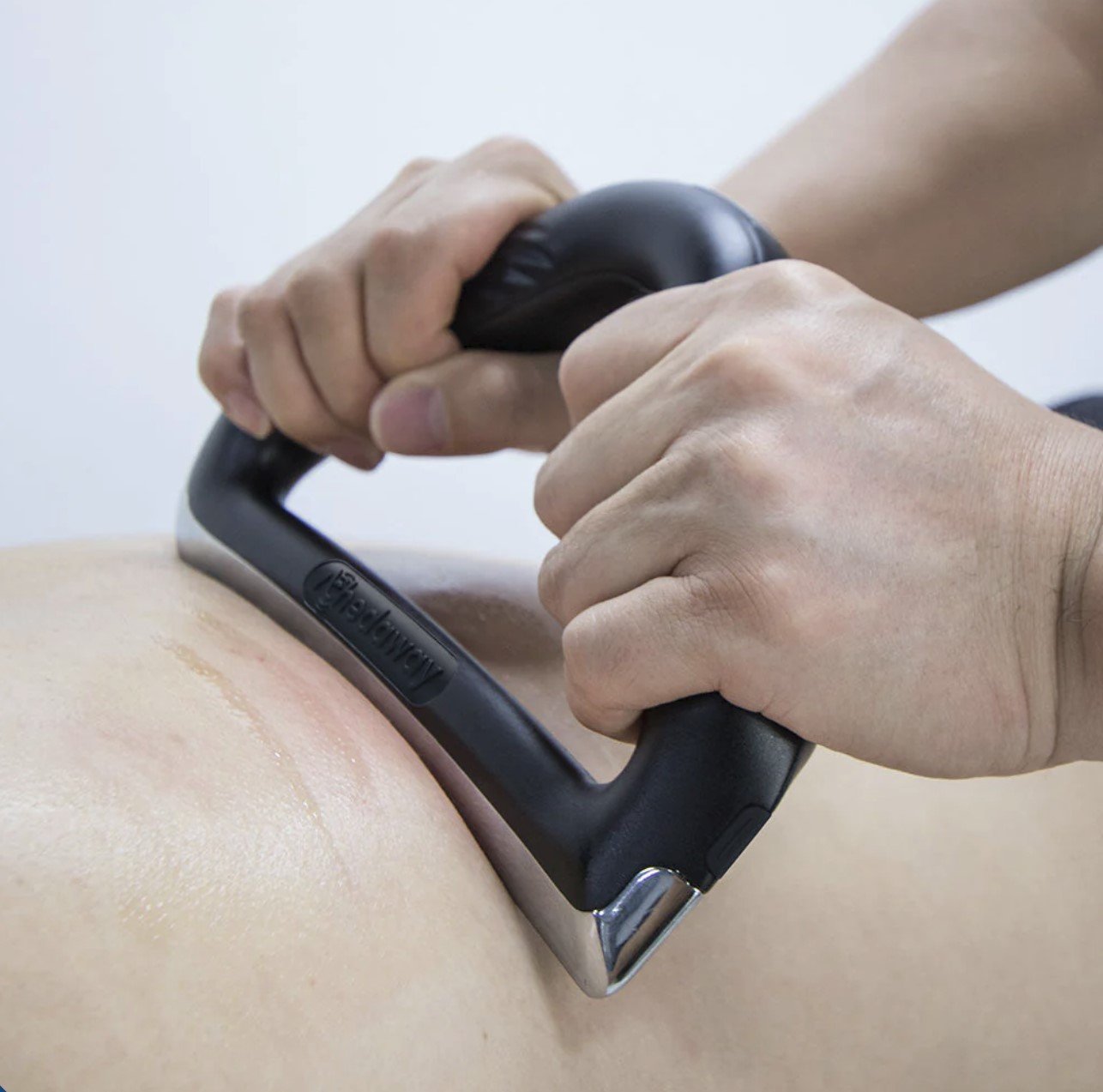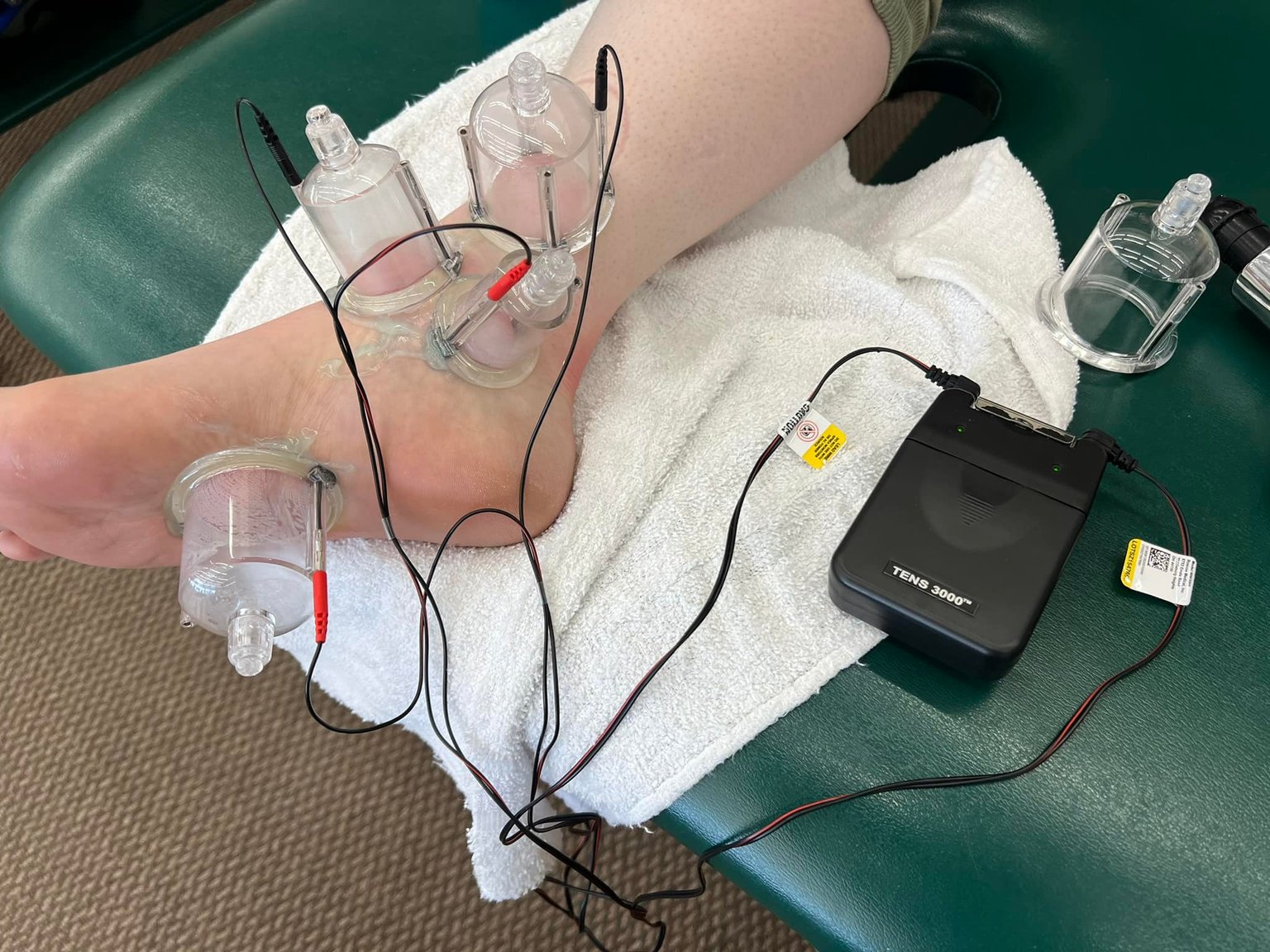SERVICES
Myofascial Trigger Point Acupuncture
Electro-Acupuncture / Percutaneous Electrical Nerve Stimulation
Gua Sha / Instrument-Assisted Soft Tissue Mobilization
Cupping / Negative Pressure Myofascial Decompression
Electro-Cupping (cupping + transcutaneous electrical nerve stimulation)
Photobiomodulation (Red Light Therapy)
Infrared Negative Ion Pulsed Electromagnetic Field (PEMF) Therapy
Sequential Compression Therapy
ACUPUNCTURE FOR VETERANS (TriWest Healthcare Alliance)
We are proud to be part of the Veterans Community Care Program and offer acupuncture services to eligible veterans. This service is fully covered by the VA at no cost to you (no copay required), ensuring that you receive the care you deserve. If you are a veteran and would like to access acupuncture treatments, follow these steps:
Request a referral from your VA provider to Archetype Acupuncture (Sun Yun, LAc) or call 808-838-6519.
Once we receive your referral, we’ll reach out to you directly to schedule your first appointment.
We are honored to support America’s veterans and look forward to partnering with you on your wellness journey.
ORTHOPEDIC & SPORTS MEDICINE ACUPUNCTURE
Orthopedic and sports medicine acupuncture focuses on treating injuries, restoring movement, and reducing pain so people can return to the activities that matter most to them. Care is appropriate for both acute and long-standing conditions, including arthritis, post-surgical recovery, and soft tissue injuries.
Treatment blends modern orthopedic and neuroanatomical principles with classical acupuncture to support healing, improve joint mobility, and normalize muscle function. Each visit begins with a careful assessment of posture, movement patterns, and medical history. From there, treatment is tailored to address underlying dysfunction rather than just symptoms.
This approach is well suited for athletes, active adults, and older individuals who want to move better, recover more fully, and maintain long-term function.
MOTOR POINT ACUPUNCTURE
Motor point acupuncture targets specific areas where nerves communicate with muscle fibers. By addressing these points, treatment helps restore normal muscle activation, reduce excessive tension, and improve coordination. This technique is commonly used for muscle weakness, imbalance, or restricted movement. Patients often notice improved range of motion, better muscle responsiveness, and reduced strain as the nervous system and muscles begin working together more efficiently.
MYOFASCIAL TRIGGER POINT ACUPUNCTURE / DRY NEEDLING
Trigger points are tight, sensitive areas within muscles that can cause local pain, stiffness, or symptoms that travel to other parts of the body. They often develop from overuse, injury, prolonged tension, or poor movement patterns. Targeted needling helps release these areas, improve circulation, and restore normal muscle function. When combined with motor point work, this approach can be especially effective for stubborn or deep muscular pain.
ELECTRO-ACUPUNCTURE (Percutaneous Electrical Nerve Stimulation)
Electro-acupuncture uses a gentle electrical current applied through acupuncture needles to enhance treatment effects. Settings are adjusted to reduce pain, calm muscle tension, and support tissue healing. This method is commonly used for nerve-related pain, muscle guarding, and post-injury or post-surgical recovery. Many patients find it helps relieve pain more quickly while supporting overall recovery.
GUA SHA / INSTRUMENT-ASSISTED SOFT TISSUE MOBILIZATION (IASTM)
Gua Sha uses specialized tools to address soft tissue restrictions and areas of limited mobility. By improving circulation and reducing tissue adhesions, it can help decrease pain and improve flexibility. This technique is often helpful for tendinopathies, muscle strains, and areas of chronic tightness, and is commonly combined with acupuncture for more complete results.
CUPPING / MYOFASCIAL DECOMPRESSION
Cupping gently lifts the skin and underlying tissues to improve circulation and reduce muscular tension. It is commonly used to ease stiffness, improve range of motion, and support recovery from injury or overuse. Many patients find cupping helpful for tight muscles, joint discomfort, and post-exercise soreness.
PHOTOBIOMODULATION (Red Light Therapy)
Photobiomodulation uses red and near-infrared light to support cellular energy production and tissue repair. It is a non-invasive therapy that may help reduce pain, calm inflammation, and support recovery in muscles and joints. This therapy is used during the acupuncture session to enhance healing and improve comfort.
PULSED ELECTROMAGNETIC FIELD THERAPY (PEMF)
PEMF therapy uses low-frequency electromagnetic signals to support cellular communication and circulation. It is commonly used to reduce pain, support tissue recovery, and promote overall musculoskeletal health. This gentle therapy is applied systemically and concurrently during the treatment session.
NORMATEC DYNAMIC AIR COMPRESSION RECOVERY SYSTEM
NormaTec uses sequential air compression to improve circulation and support recovery in the arms or legs. By enhancing lymphatic drainage and clearing metabolic waste, it helps reduce swelling, soreness, and fatigue. This system is especially helpful after intense physical activity or during injury recovery.
POSTURAL & FUNCTIONAL ASSESSMENT WITH CORRECTIVE EXERCISES
Postural and functional assessments evaluate how the body moves and where compensations or imbalances may be contributing to pain or limitation. Corrective exercises are prescribed as needed to strengthen weak areas, improve mobility, and support long-term movement health.
Post-Surgery Recovery
Support for pain control, swelling reduction, tissue healing, and return of function following surgery.
Post-Stroke & Neurological Recovery
Care aimed at improving mobility, coordination, muscle tone, and overall functional independence when used alongside rehabilitation.
Post-Concussion Recovery
Support for headaches, dizziness, fatigue, sleep disruption, and nervous system regulation following concussion.
Sports Performance Enhancement
Used to support training recovery, reduce injury risk, and improve movement efficiency.
Back & Spine
Acute and chronic low back pain, disc issues, sciatica, stenosis, SI joint pain, thoracic pain, and degenerative conditions.
Head & Neck
Whiplash, neck pain, disc issues, headaches, migraines, jaw dysfunction, facial nerve conditions, and post-concussion symptoms.
Shoulder
Rotator cuff injuries, frozen shoulder, impingement, labral issues, arthritis, and scapular dysfunction.
Hip
Hip joint pain, arthritis, labral tears, FAI, gluteal tendinopathy, bursitis, and nerve-related hip pain.
Thigh & Knee
Muscle strains, ligament injuries, meniscus tears, post-surgical knee recovery, arthritis, and overuse injuries.
Leg, Ankle, & Foot
Ankle sprains, Achilles and plantar fascia issues, shin splints, nerve entrapments, and foot arthritis.
Elbow & Forearm
Tennis elbow, golfer’s elbow, tendon injuries, bursitis, nerve compression, and arthritis.
Wrist, Hand, & Fingers
Carpal tunnel syndrome, tendon irritation, trigger finger, arthritis, and post-injury wrist pain.











